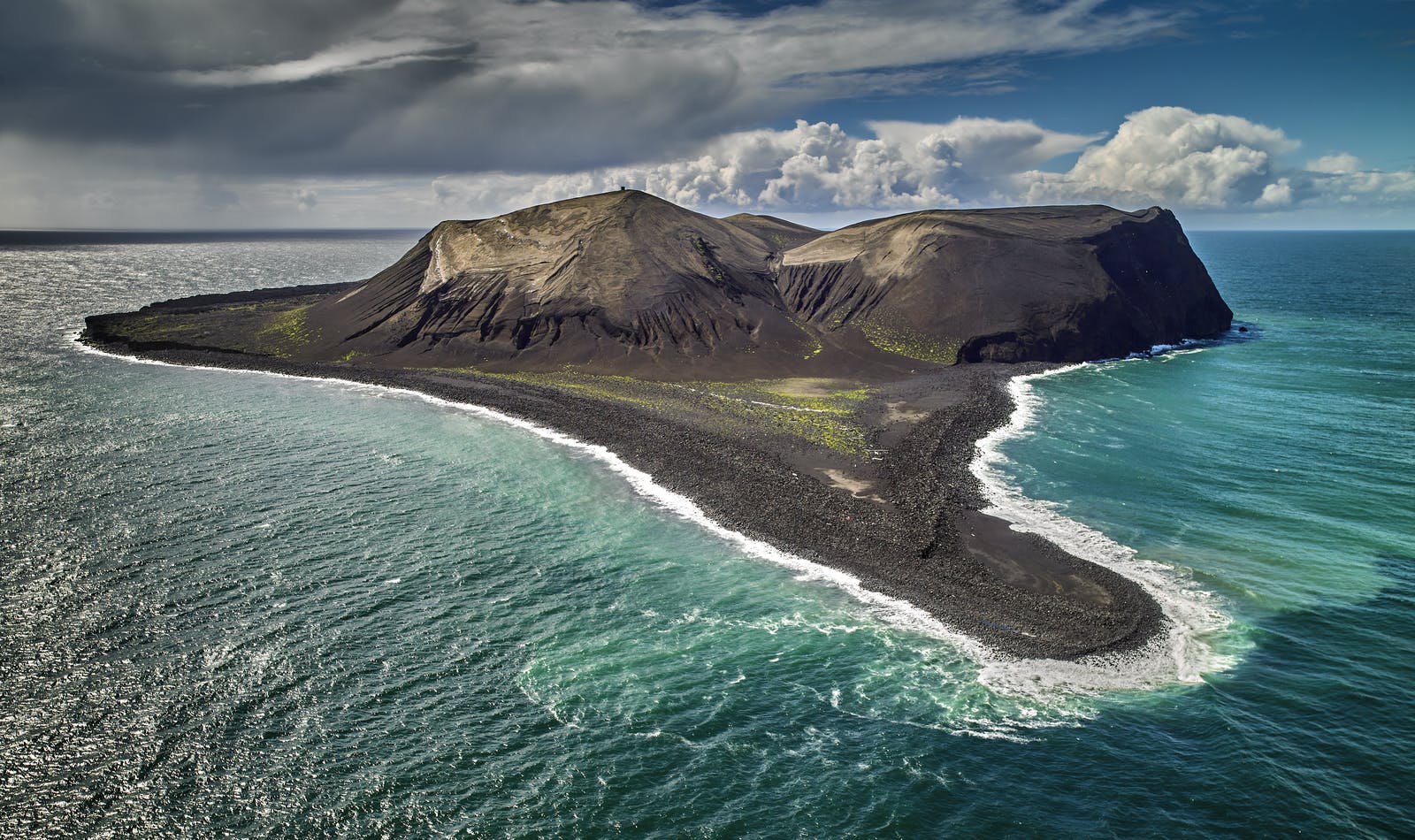
Surtsey Island
In the vast expanse of the North Atlantic Ocean, amidst the volcanic fury of Iceland's geological landscape, lies a pristine and enigmatic island known as Surtsey. Born from the fiery depths of a submarine eruption in 1963, Surtsey has since emerged as a unique natural laboratory, offering scientists a rare opportunity to study the process of ecological succession and evolution in real time. With its remote location, strict conservation measures, and remarkable biodiversity, the island stands as a testament to the resilience of life and the dynamic forces that shape our planet.
Embark on an exciting adventure to discover the captivating mysteries of Icelandic nature and wildlife at the Perlan Museum in Reykjavík. Immerse yourself in a world of thrilling activities that invite you to explore the wonders of Iceland. Tailored for everyone, this exceptional experience merges the beauty and natural splendour of Iceland into one fantastic destination at the Perlan Museum. Learn more about the exhibitions at Perlan here.
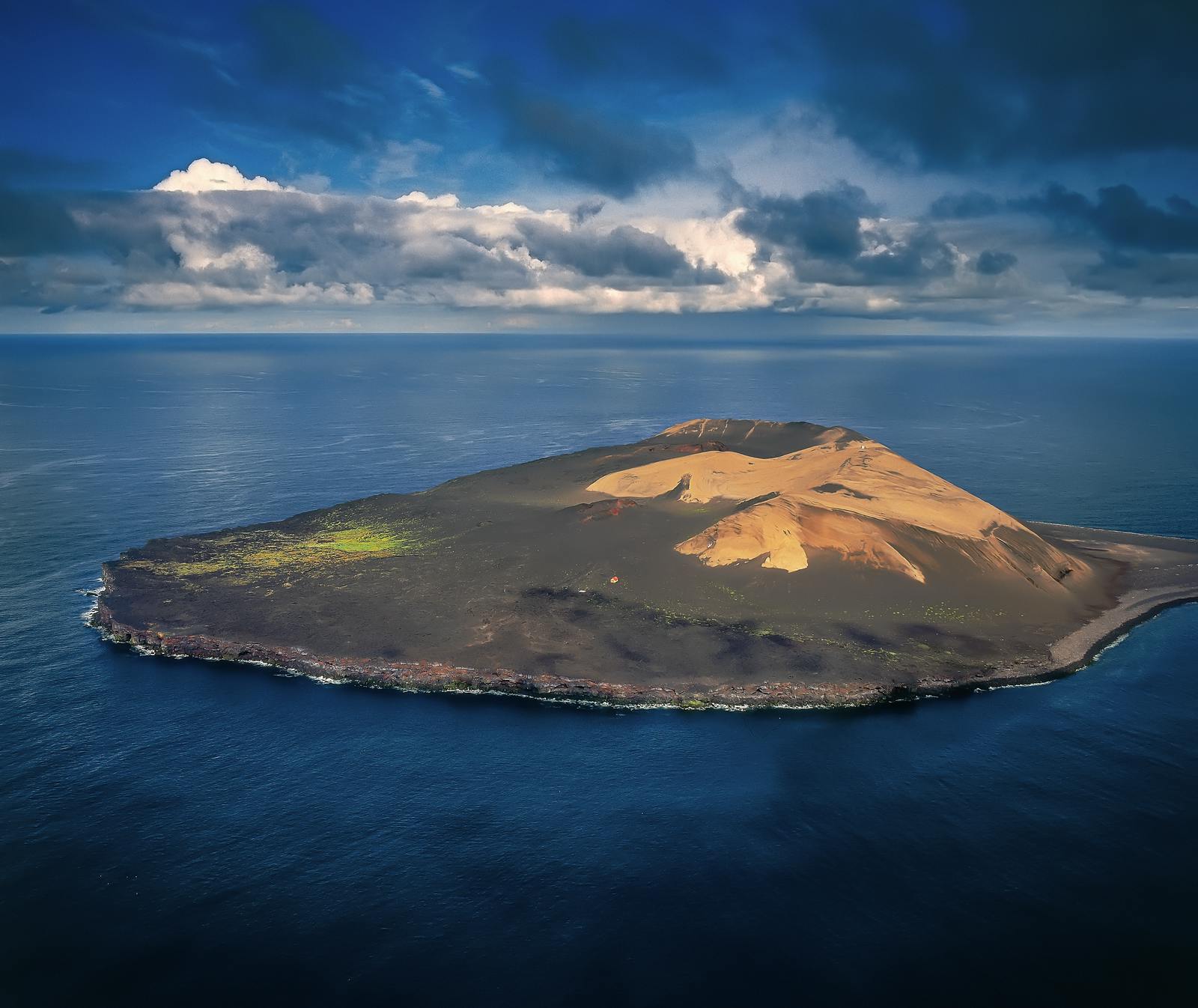
Birth of an Island
The Surtsey eruption began 130 metres (430 feet) below sea level and reached the surface on 14 November 1963. The eruption lasted until 5 June 1967, when the island reached its maximum size of 2.7 km2 (1.0 sq mi). Since then, wave erosion has caused the island to steadily diminish in size: as of 2024, its surface area was less than 1 km2. The most recent survey (2007) shows the island's maximum elevation at 155 m (509 ft) above sea level.
Named after Surtr, a fire giant from Norse mythology, Surtsey rose from the depths with dramatic force, its fiery birth captured by scientists and photographers from around the world.
The island was intensively studied by volcanologists during its eruption and afterwards by botanists and other biologists as life forms gradually colonised the originally barren island. The undersea vents that produced Surtsey are part of the Vestmannaeyjar submarine volcanic system. The eruption that created Surtsey also created a few other small islands along this volcanic chain, such as Syrtlingur, Jólnir and other unnamed peaks. All of them eroded away fairly quickly. It is estimated that the island will remain above sea level for centuries.
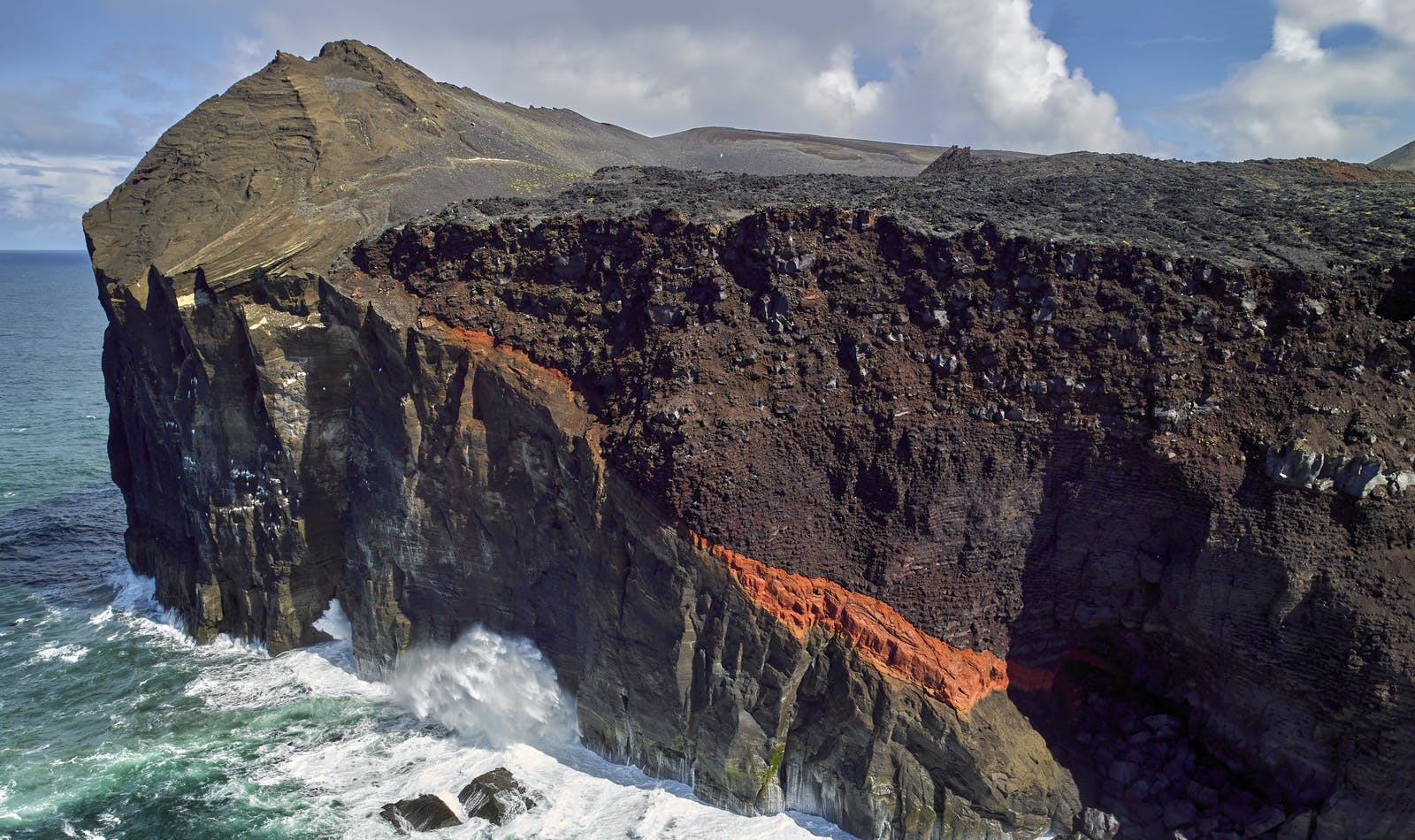
A Living Laboratory
From the moment of its inception, Surtsey captured the imagination of scientists eager to study its unique ecological processes. Recognising the island's scientific value, the Icelandic government designated Surtsey as a nature reserve and implemented strict regulations to protect its fragile ecosystem from human interference.
Since then, researchers from around the world have flocked to Surtsey to study its flora and fauna, documenting the island's evolution and observing the colonisation of new species. What began as a desolate expanse of volcanic rock has blossomed into a vibrant ecosystem teeming with life.
Biodiversity and Adaptation
One of the most remarkable aspects of Surtsey is its rapid colonisation by a wide variety of plant and animal species. Despite its harsh environment and remote location, Surtsey has become a haven for seabirds, insects, and plants, many of which arrived on the island by air or sea.
Birds, in particular, have played a crucial role in the colonisation of Surtsey, with seabirds such as gulls, puffins, and terns establishing breeding colonies on the island's cliffs. These birds bring with them seeds and nutrients, which help to fertilise the soil and create habitat for other plants and animals.
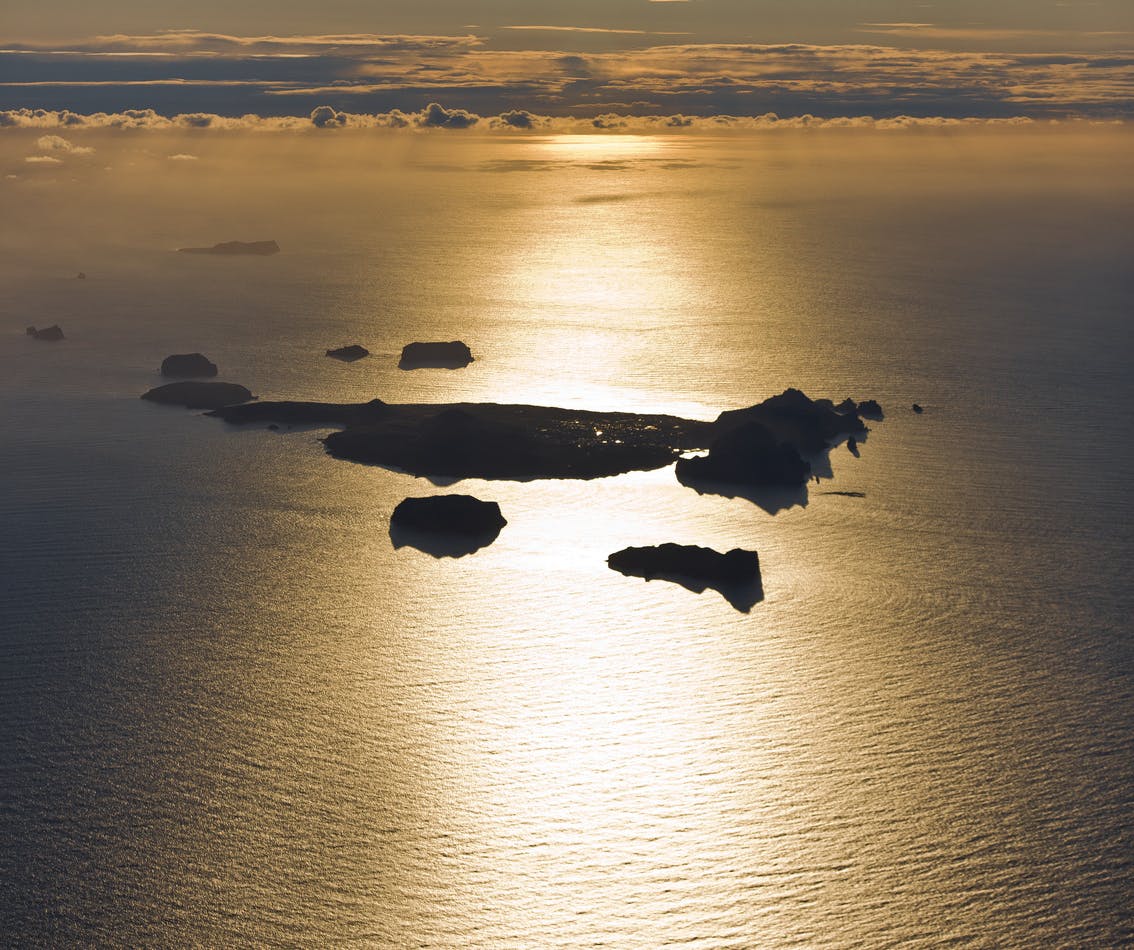
In addition to birds, Surtsey has been colonised by a variety of plant species, including grasses, mosses, and lichens. These hardy pioneers have adapted to the harsh conditions of the island, developing strategies to survive in the nutrient-poor soil and extreme weather.
Scientific Discoveries
The scientific research conducted on Surtsey has yielded valuable insights into the process of ecological succession and the mechanisms of evolution. Scientists have observed firsthand how life colonises new habitats, adapts to changing conditions, and diversifies over time.
One of the most significant discoveries made was the presence of a new species of beetle named Surtseyja, which evolved from a previously existing species that arrived on the island. This finding provided compelling evidence for the role of isolation and founder effects in driving speciation.
Conservation and Preservation
Despite its remote location and protected status, Surtsey faces ongoing threats from human activities and environmental pressures. Climate change, invasive species, and pollution pose significant risks to the island's delicate ecosystem, underscoring the importance of continued conservation efforts.

In response to these threats, the Icelandic government and international organisations have implemented measures to monitor and protect Surtsey's biodiversity. Strict regulations govern access to the island, limiting human impact and preserving its pristine environment for future generations.
Legacy and Inspiration
As a testament to the power of nature and the resilience of life, Surtsey continues to inspire scientists, artists, and nature enthusiasts around the world. Its remarkable story serves as a reminder of the dynamic forces that shape our planet and the importance of conservation and preservation in safeguarding Earth's biodiversity.
For scientists, Surtsey remains a living laboratory, offering unparalleled opportunities to study the process of ecological succession and evolution. For visitors, the island provides a glimpse into the raw beauty and untamed wilderness of Iceland's volcanic landscape.
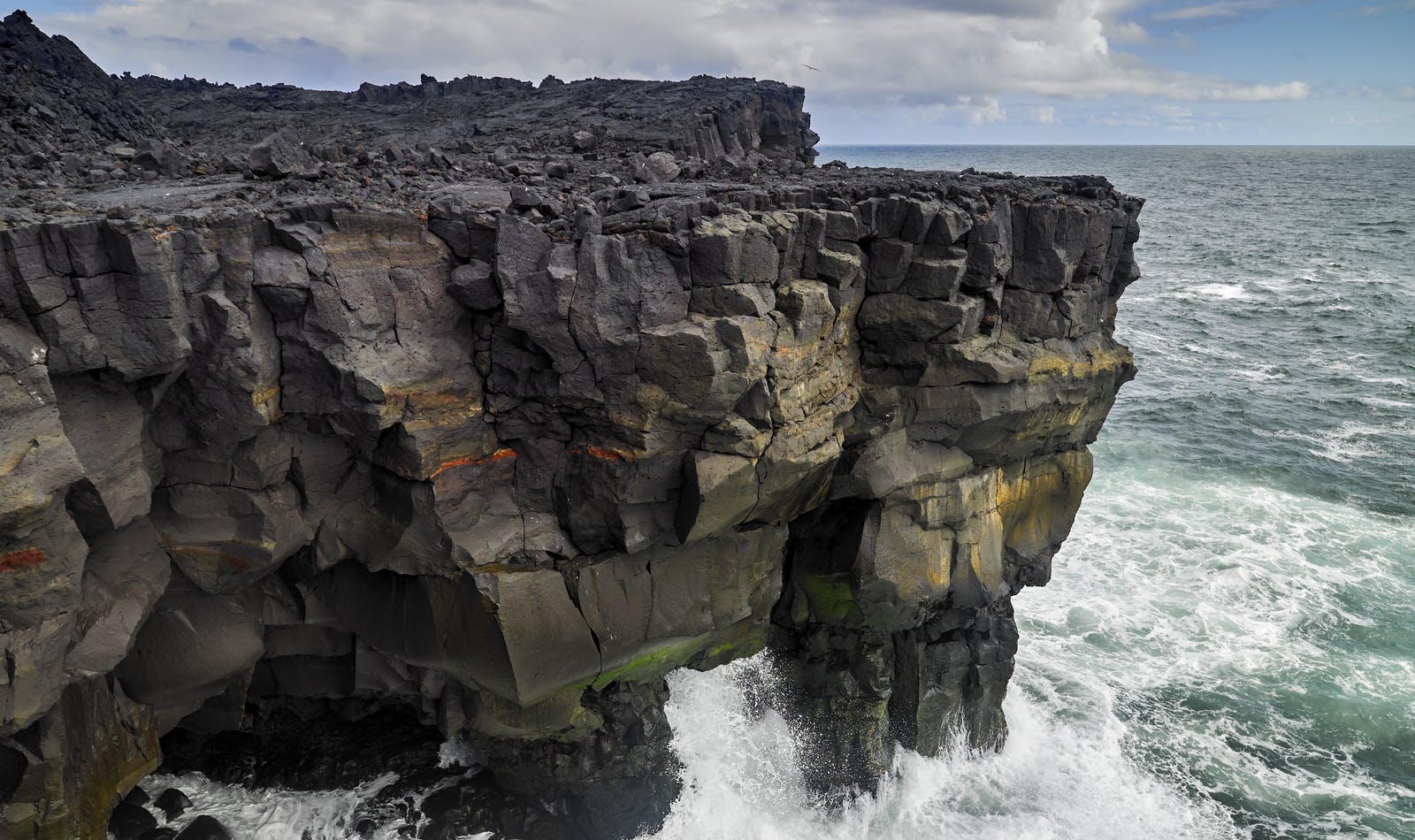
Surtsey FAQ
Does Anyone Live on Surtsey?
No, Surtsey is uninhabited by humans. The island is strictly protected as a nature reserve and designated as a UNESCO World Heritage Site, prohibiting permanent human settlement to preserve its pristine environment and unique ecosystem.
Can You Visit Surtsey?
No, access to Surtsey is highly restricted to preserve its fragile ecosystem and prevent human impact. Only scientists with specific research permits are allowed to visit the island, and even then, access is strictly controlled to minimise disturbances to the natural environment.
Is Surtsey Still Active?
While the volcanic eruption that created Surtsey occurred in 1963, the island is no longer considered an active volcano in the traditional sense.
What Type of Volcano Is Surtsey?
Surtsey is a classic example of a volcanic island formed by submarine volcanic activity. Its main craters are made of tuff, and the island can be classified as a "tuff cone" volcano, characterised by its steep sides and conical shape, which result from the accumulation of volcanic ash and other ejecta during the early stages of the eruption. Finally, lava covered the southern part of the island, forming a small shield volcano.







